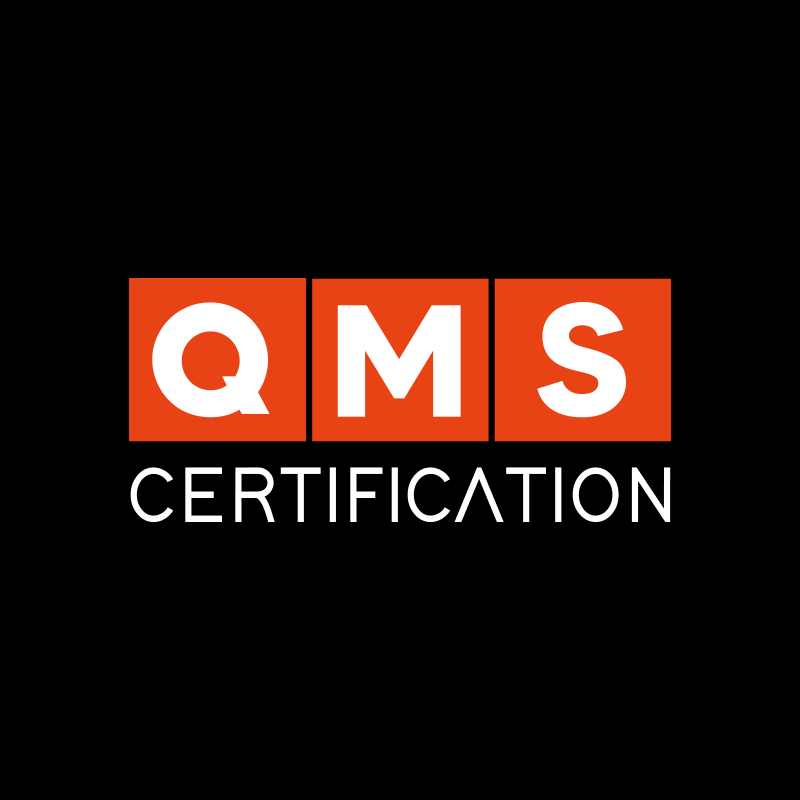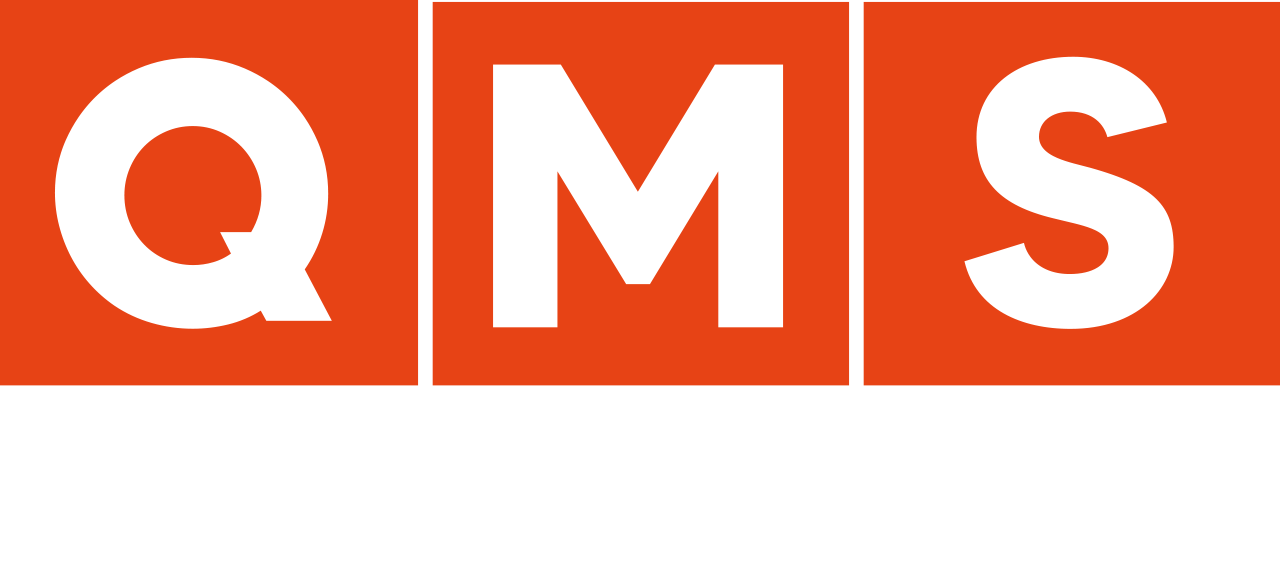Created by Andy Grove (a Hungarian who was the CEO of Intel), the OKR methodology has become one of the most widely used methods for managing organizational performance in the world. OKRs have helped large organizations grow, such as Intel and Google themselves. Although more commonly used in technology companies, the methodology is highly versatile and can be utilized or adapted for virtually any business.
In today’s article, we will discuss this methodology. Despite being created in the 1970s, it remains relevant and extremely valuable in the face of increasingly rapid changes and the turbulent context in which we live.
What is the OKR methodology?
The acronym OKR stands for “Objectives and Key Results.” OKRs are an agile management model for organizational performance management. Its focus is on achieving the expected results and facilitating communication of business objectives to employees.
The proposition of OKRs is similar to other existing strategy management tools, such as the Balanced Scorecard (BSC) or cascading indicators. However, the OKR methodology is a powerful communication tool that stands out by having a more bottom-up creation model.
While in other methodologies, indicators are defined at the top of the hierarchy (top-down), OKRs propose that employees themselves, while respecting the company’s objectives, define their own indicators and goals.
Another differentiating factor is that the methodology encourages joint goal setting and indicator creation, stimulating teams to be consulted and involving other employees in defining the indicators.
Agile methodology
Another distinctive feature of the OKR methodology is the speed gained compared to more traditional methods. Most strategy and performance management methods operate with annual reviews. A group or committee meets to determine the goals for the year based on the company’s strategy and expected objectives.
Because they are more flexible and created by the employees themselves, OKRs can be reviewed more frequently, adjusting to the company’s needs and changes. There is still a periodicity for reviewing the indicators, but it can be quarterly or even monthly, while other methodologies only review indicators on an annual basis.
Basic principles of Objectives and Key Results
There are three basic guidelines that guide the application and use of OKRs in organizations. Understanding and using them not only explains the success of the methodology but also helps keep the company agile and effective.
These principles are: Agile review, Results prioritization, and Goal engagement. Let’s take a closer look at each of them:
- Agile review and dynamism: The main objective of OKRs is to make the organization agile and capable of responding to changes to achieve its goals and objectives. Thus, the OKR methodology advocates for a higher periodicity of indicator relevance. In addition to reducing the review period, as mentioned in this article, the method also encourages constant review of the indicators, where adaptability is more important than the actual review period.
- Results prioritization and engagement: Another important principle is the focus on results. While some methodologies focus on monitoring tasks, the goal of OKRs is to monitor results. The methodology believes that clear direction of expected results makes it possible to plan actions to achieve them, rather than the other way around. This provides people with more clarity about what they need to achieve, leading to more engagement in strategic objectives rather than specific tasks.
- Transparency generates results: OKRs advocate for making all the company’s results and indicators accessible to all employees. Only then is it possible to understand how the results impact the organization as a whole. Thus, transparency is a key factor for the success of the methodology and, therefore, achieving the company’s objectives. In this aspect, having a tool that provides clear and accessible organization of everything can make the difference between achieving the results or failing.
Enhance Organizational Performance with the OKR Methodology
In summary, the OKR methodology is a powerful tool for managing organizational performance, capable of ensuring results and promoting a high-performance culture.
By adopting this agile and flexible approach, your company has the opportunity to adapt to the constant changes in the market and achieve its strategic objectives more effectively and efficiently.
One of the main advantages of the OKR methodology is its flexibility. Unlike more traditional methods that can be kept in place indefinitely, OKRs can be reevaluated more frequently, either on a quarterly or even monthly basis. This continuous adaptation to market demands allows the company to adjust its strategy and priorities quickly, ensuring that it is always on the right path to success.
Remember that implementing OKRs requires commitment and engagement from the entire organization. By involving employees in defining indicators and goals, you will promote greater participation and empowerment.
Now it’s up to you to learn more about this practice. Study successful cases and seek training to effectively implement OKRs in your company. Remember that the journey towards excellence is continuous and requires constant commitment to learning and improvement.










